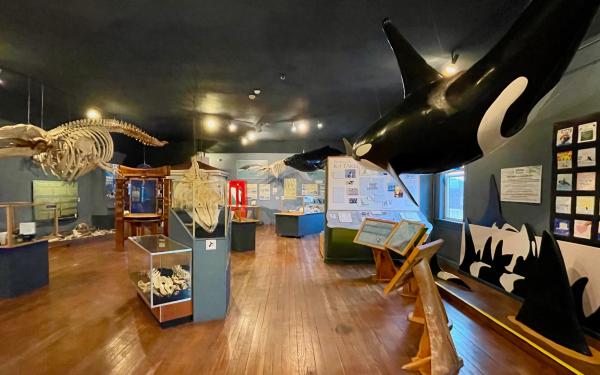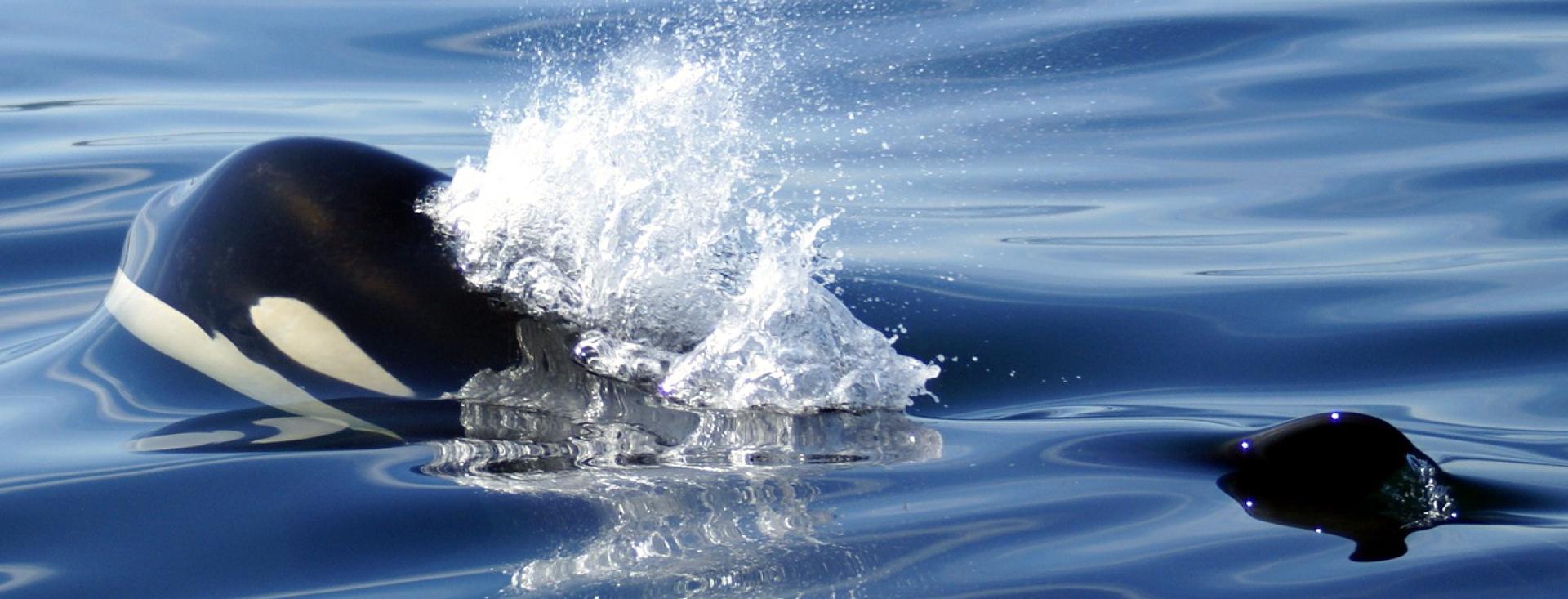
Know Your Orcas
10 Cool Facts About the Southern Resident Killer Whales
Orca Whales in the wild are one of the great wonders of the world. San Juan Island visitors and residents alike are blessed, grateful and in never ending awe to be allowed to play, live and work near these majestic creatures. When you visit us at the Earthbox Inn & Spa, allow us to help you book a whale watch tour with one of the amazing tour operators on San Juan Island or show where you might be able to catch a glimpse of the Orcas from land. But first, check out these cool Orca facts:
1. Home Territory
The San Juan Island Archipelago is considered part of the Southern Resident Killer Whale’s (SRKW) home territory. There is a possibility to see them year-round, with a 50% chance of seeing them March, April, and late October and the best chance being mid May through mid October.
2. Small & Protected
The three families or pods (J, K & L) making up the SRKW are the smallest killer whale community in the eastern North Pacific Ocean and the only one protected under the Endangered Species Act of 2005. As of July 2023 the current population stands at 74.
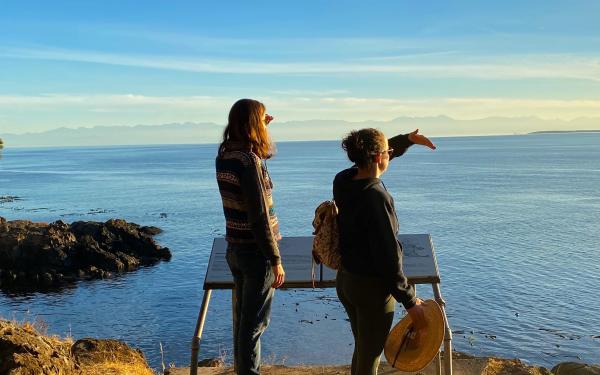
3. Okay, not that small
Female Orcas grow up to 23 feet and weigh up to 16,000 pounds, while male Orcas grow up to 27 feet and weigh up to 21,500 pounds. Babies are around six feet at birth. You can identify each Orca by the size and markings of its dark dorsal fin and saddle patch. An adult male’s dorsal fin can grow up to six feet tall.
4. It’s a Women’s World
Southern Resident Orcas live in matrilineal communities, and female as well as male offspring remain with their mothers all their lives. A healthy female orca can potentially give birth to one calf every five years. An interesting fact: female Orcas and Pilot whales are the only non-human species undergoing menopause (around 40) and living for decades thereafter.
5. Oldest known Whale
The oldest known Orca was matriarch J2, called Granny, who died when she was an estimated 105 years old! Granny had been captured with the rest of her pod in 1967 but was too old at that time for a marine mammal park, so was released. Granny died in January of 2017.
6. Oh Baby
The Black Fish are struggling to get pregnant and have their offspring survive. In 2023 though two babies were born and survived.
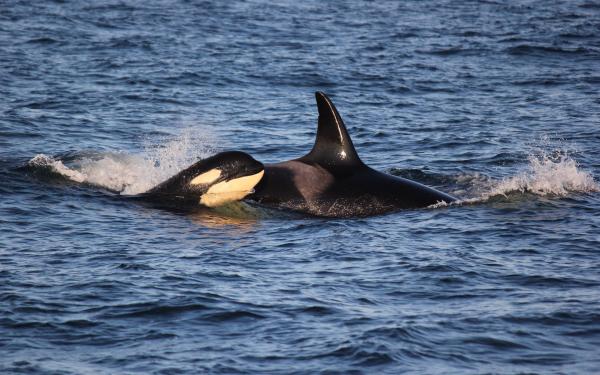
7. They talk a lot
Each whale community has their own dialect of clicks, pulses and whistles. It is said that the Southern Residents communicate more than other whales, maybe because they travel so much. Hear for yourself in real time on the Salish Sea Hydrophone Network.
8. Salmon Connoisseurs
Southern residents eat mostly Chinook salmon, tying their survival closely to that of the declining wild salmon population in the Pacific Northwest. The removal of two dams along the Elwha River in the Olympic Peninsula lent great hope to the restoration of a healthy salmon and by extension, the Orca population. A mere four hours after the final removal of the dam in 2014, wild salmon swam once again up the Elwha, which had been dammed for 100 years! The pending removal of the four lower Snake River Dams is thought to be crucial for the whales’ future Winter foraging.
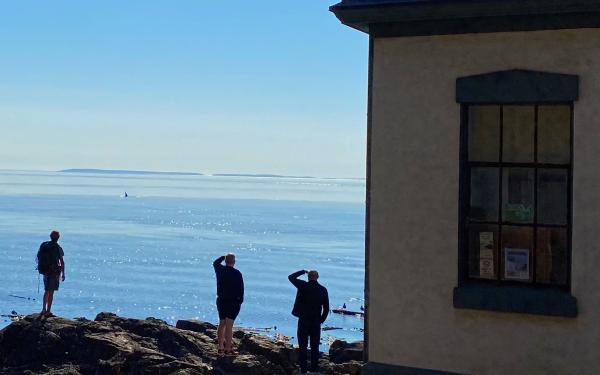
9. 300 Yard Zone
Be Whale Wise and act responsibly. US regulations require all vessels to stay 300 yards away from Orcas, to observe a 400 yards slow zone and keep a path clear for the animals.
10. You can adopt one!
Adopt a Southern Resident for a year, as an individual, family or classroom, through Friday Harbor’s Whale Museum and support ongoing research and education
